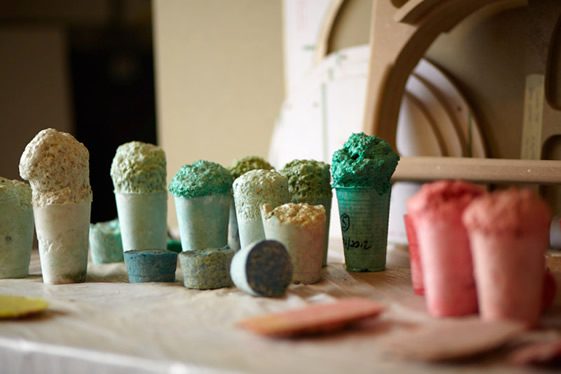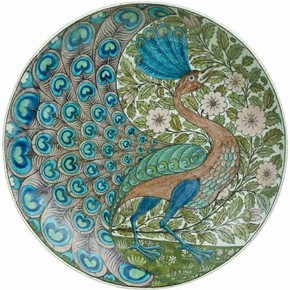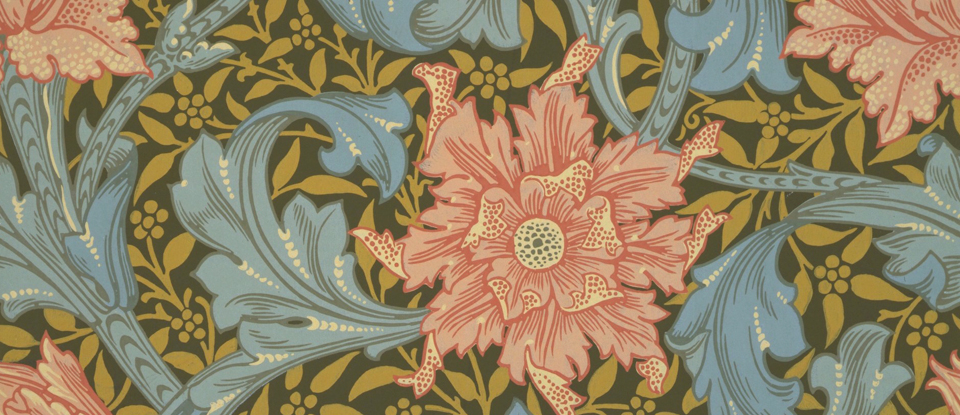I have chosen Well
Proven chair as my subject for this essay, it is a chair designed by Marjan van
Aubel and James Shawn, two students from Royal Collage of Art in London class
of 2014.
This
chair came about though experimentation, The students combined Bio-resin and
sawdust creating a chemical bond resulting in a foam like material, they
manipulated this material to create a seat shell which is durable and
biodegradable.
When
looking at this piece and describe it through formal elements, I am mightily attracted
to the simple soft lines and the structure as a whole, the harmoniums colours and
application of dull pastel colouring, The design has a smooth ergonomic surface
where the human figure would sit and rest ones back while at the back this
seamless shell chair it has a rough moon like surface, very futuristic, I would
describe the surface like a natural material being eaten by acid. The shell is
bonded with a base made from natural wood giving it an industrial /rustic feel.

Consumers of this
generation appreciate recycled/repurposed material , we as the consumers are always
on the look out for items or surfaces witch intrigue us, we look for purchases
(ex chair) which are stable and durable and more over, the comfort of the chair .
I
believe the Well Proven chair fits all the criteria which makes it a very contemporary design and will thrive and inspire future
consumers and designers.
These students have definitely
given us a step forward to the future by finding/ introducing an innovative material half of which its components, being
sawdust would have been disposed of and more over creating a product that is
made completely from Biodegradable material.
This
reminds me of the Eames chair; ergonomic, industrial, visionary and produced of
innovative material.
The Eames chair 1948
by Charles and Ray Eames.
Eames
moulded plastic chairs were the first shell seat to be designed and produced.
It was conjured up in aim to win a competition which asked for a well designed,
low priced product that would attract a wide range of consumers, is easy to
move, comfortable and well finished. Eames gave this and more making a chair
that was easy to mass produce, using innovative material, a structure that has
never
been used before and attracting many clients with the option of changing the
base according to the function of the chair. While being cutting edge Modern
design and style of living.
I
see a connection between the Well Proven chair and the Eames chair both in the
over all shape/form of the seat, the clean Modern design of the base , the
ergonomic studies behind the production and most inspirational, the connection of both using new technical
application of innovative material .
Comparing
between these two pieces, while the plastic Eames shell chair was a step forward
for its time the Well Proven has one over the Eames, providing us with a
biodegradable chair that uses material that was before disposed of, in my eyes
making it even more economical.
Then
again as far as the functionality the Eames chair wins for me, having the
ability to change the 'legs' base of the chair giving them a larger customer
base,
Were
as the Well Proven chair has a fixed base giving a need for a more fixed placement.
Both
pieces are very ergonomic giving the human finger a secure, moulded place to
rest, I would imagine the Well Proven chair to be more comfortable due to the
foam like material compared to the plastic shell of the Eames chair .
Well Proven
chair by Marjan van Aubel + James Shaw. 2014. Well Proven chair by Marjan van
Aubel + James Shaw.
[ONLINE] Available at:http://www.designboom.com/design/waste-wood-and-bio-resin-chair-by-marjan-van-aubel-jamie-shaw/. [Accessed 30 November 2014].
Office
Essential: Charles Eames Chair - MIKESHOUTS. 2014. Office
Essential: Charles Eames Chair - MIKESHOUTS. [ONLINE] Available at:http://mikeshouts.com/office-essential-charles-eames-chair/. [Accessed 30 November 2014].




.jpg)






